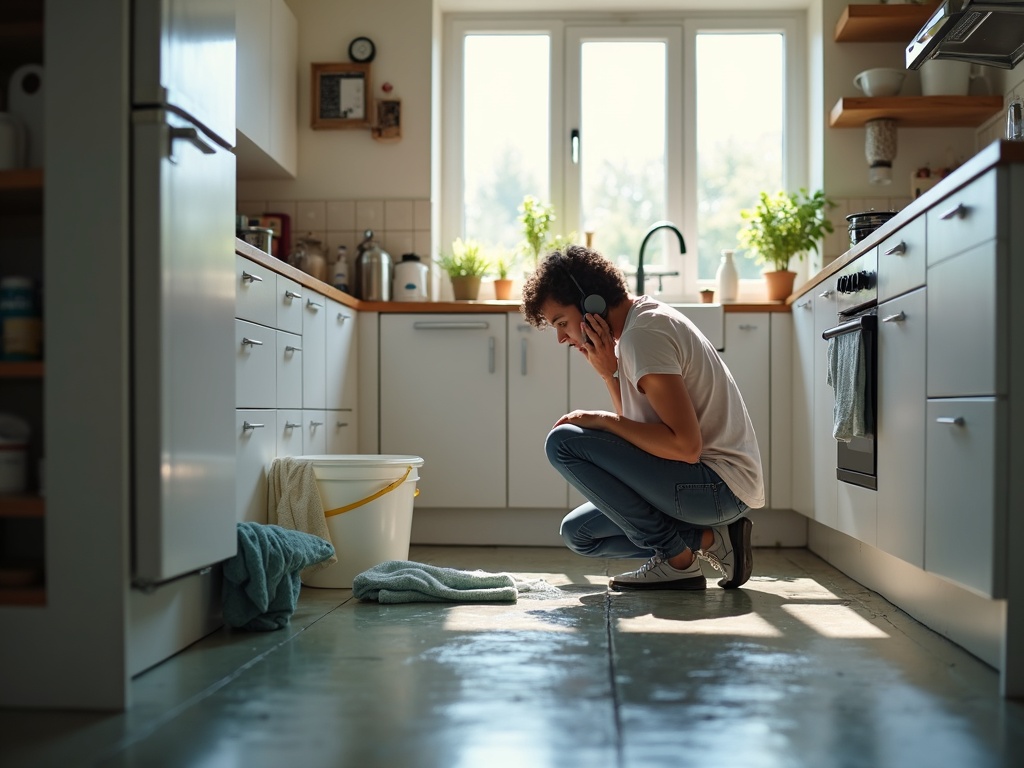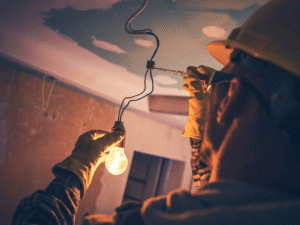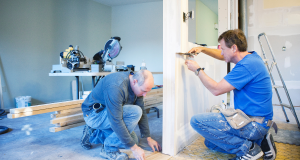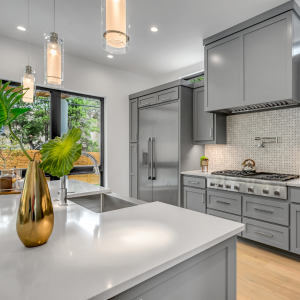So the floor’s soaked, the cupboard under the sink smells weird, and the water won’t stop pouring out. It’s a total mess. Whether a pipe burst, the toilet’s leaking, or the laundry tap gave up, one thing’s clear—help is needed, and fast. But before the plumber shows up, there are a few important things to do. Acting quickly can stop the damage from getting worse, save money, and keep things safe for everyone in the house.
Even though it feels like chaos, taking a few smart steps right away makes a huge difference.
First Step: Stop the Water Fast
The most important thing is to stop the water flow. Every house has a water shut-off valve. It’s usually near the front of the house, close to the water meter. Turn it off. This cuts off the water supply to the whole house, which is exactly what’s needed when a pipe’s burst or a fixture is flooding.
If the leak is coming from a specific spot—like the toilet or under the sink—there might be a local shut-off valve nearby. It looks like a small knob or handle under the fixture. Turn it clockwise to shut off just that area. That way, the rest of the house can still use water until the plumber arrives.
Knowing where these valves are before something goes wrong is a big help. It can save a lot of panic later.
Clear the Danger Zones
Once the water stops, it’s time to move fast. Anything that shouldn’t get wet—phones, chargers, books, towels, wood furniture—should be picked up and moved. Water spreads quickly and can ruin stuff fast. Even things that aren’t touching the water yet might be at risk.
Water on the floor near power points or cords is dangerous. If there’s any chance that water has touched electrical sockets or wires, don’t go near it. Shut off power to that area from the switchboard if it’s safe to do so. Then wait for a pro to check it. Getting shocked isn’t worth the risk.
Soak It Up, But Safely
Grab old towels, mops, or even a bucket and try to stop the water from spreading. It doesn’t have to be perfect. The goal is just to keep it from reaching walls, getting under floorboards, or soaking into carpet.
Some people keep sandbags or water barriers in places that flood often, especially in older homes with low-lying floors. But even a rolled-up towel pressed against a door or cabinet can stop a lot of water from getting in.
If the leak is under a sink or behind a washing machine, placing a bowl or container underneath can stop more water from dripping onto the floor. Just don’t forget it’s there—and don’t let it overflow.
Call a Plumber Who Knows the Area
There are lots of plumbers out there, but not all of them know what to expect. Some areas have older pipes or strange water pressure. Others might deal with sandy soil or tree roots pushing into underground lines.
That’s why it’s smart to use a local expert who understands the kind of plumbing issues common around areas like Perth, for example. Plumber Perth services, and others like them, are good to check out if fast help is needed and local experience matters. They’ve seen it all—burst copper pipes, leaking outdoor taps, and water heaters that quit during winter.
Calling a plumber early means they can get there faster. And while waiting, they might give tips over the phone to keep things safe and under control.
Take a Quick Look Around (If It’s Safe)
While waiting, it’s useful to figure out what caused the problem—but only if it’s safe. Look for broken hoses, cracks in pipes, or water pooling in weird spots. This info can help the plumber when they arrive.
It’s also a good idea to snap a few photos of the damage. This is helpful later if the repairs are expensive and an insurance claim is needed. Just don’t get too close to anything risky—especially if power or gas might be involved.
Some homes have old plumbing hidden behind walls or under tiles. If the water’s coming from a place that can’t be seen, it’s best to stop inspecting and wait for the plumber. Pulling at tiles or opening walls usually makes it worse.
Don’t Use Other Fixtures
Even if only one pipe burst, using sinks or showers in other rooms might still cause trouble. The water might reroute through the broken pipe and cause more leaking.
After shutting off the main supply, wait until the plumber gives the go-ahead before using anything else. It’s better to go a few hours without water than to risk another flood.
In some cases, turning on taps to drain the leftover water from the pipes is helpful—but only if the plumber says it’s okay. It depends on where the break is and how bad it looks.
Think About What Comes Next
Once the emergency is under control, it’s smart to think about long-term fixes. That means checking if pipes are old, if the water heater’s on its last legs, or if the gutters overflow every time it rains. A plumber can usually tell if the issue was a one-time thing or if something bigger needs attention.
In certain areas, a lot of homes deal with extreme heat and then sudden rains, which can stress pipes and joints. Tree roots, sandy soil, and even poor water pressure can cause tiny problems that turn into floods if ignored. Regular plumbing checks can catch these early.
The Main Things to Remember
Plumbing problems can be messy, but staying calm and acting quickly can stop the worst of the damage. Shut off the water first. Keep things safe—especially around electricity. Soak up what can be saved. Then get in touch with a local plumber who knows what’s normal (and not so normal) in homes in your area.
Once the fix is done, use the chance to look at what caused it, and how to prevent the same thing from happening again. Floods and leaks are annoying—but they don’t have to happen twice.
It might not be the most exciting part of home life, but knowing what to do before the plumber shows up could save a ton of stress and money.




